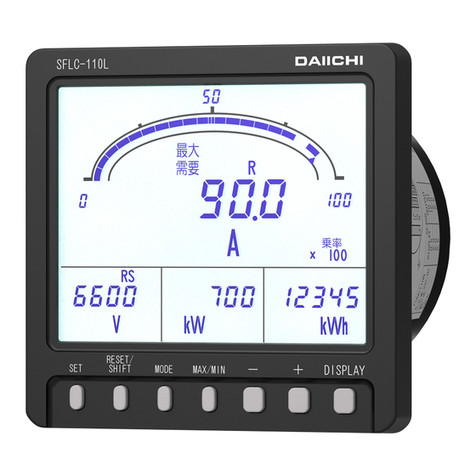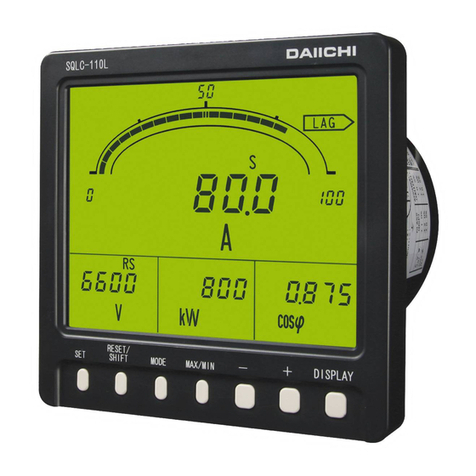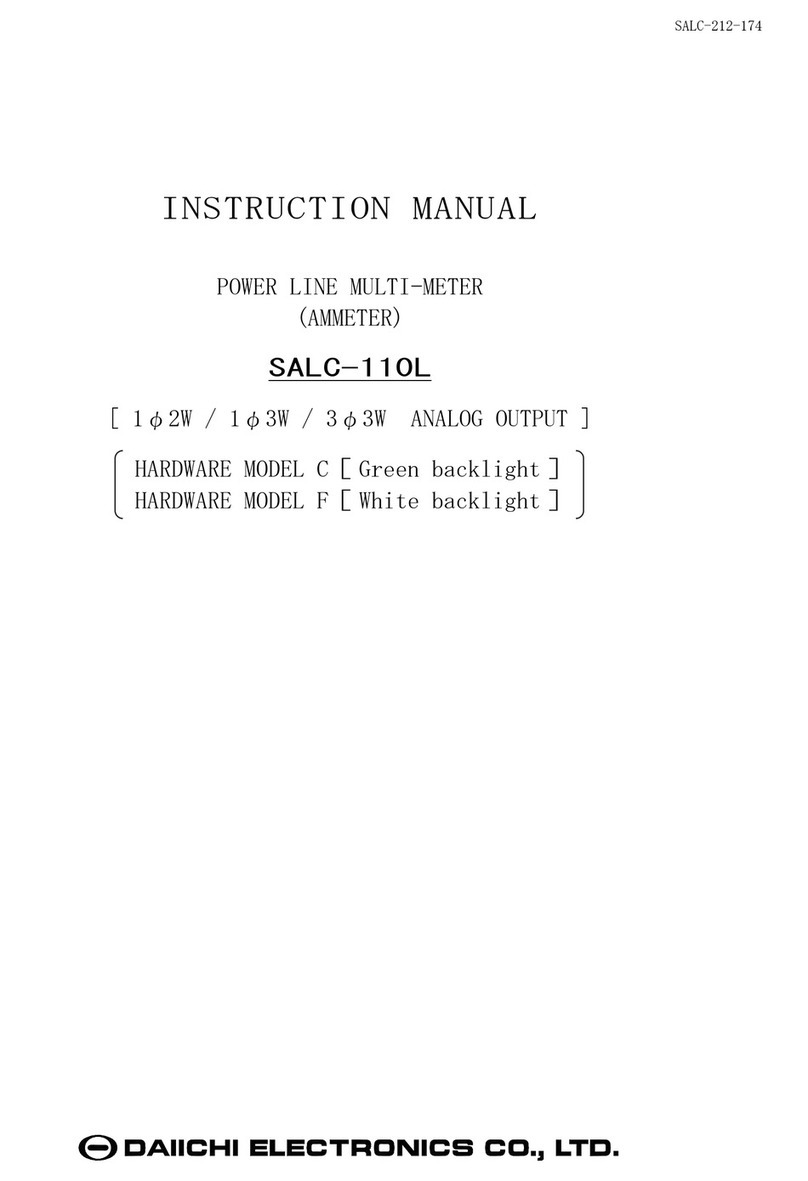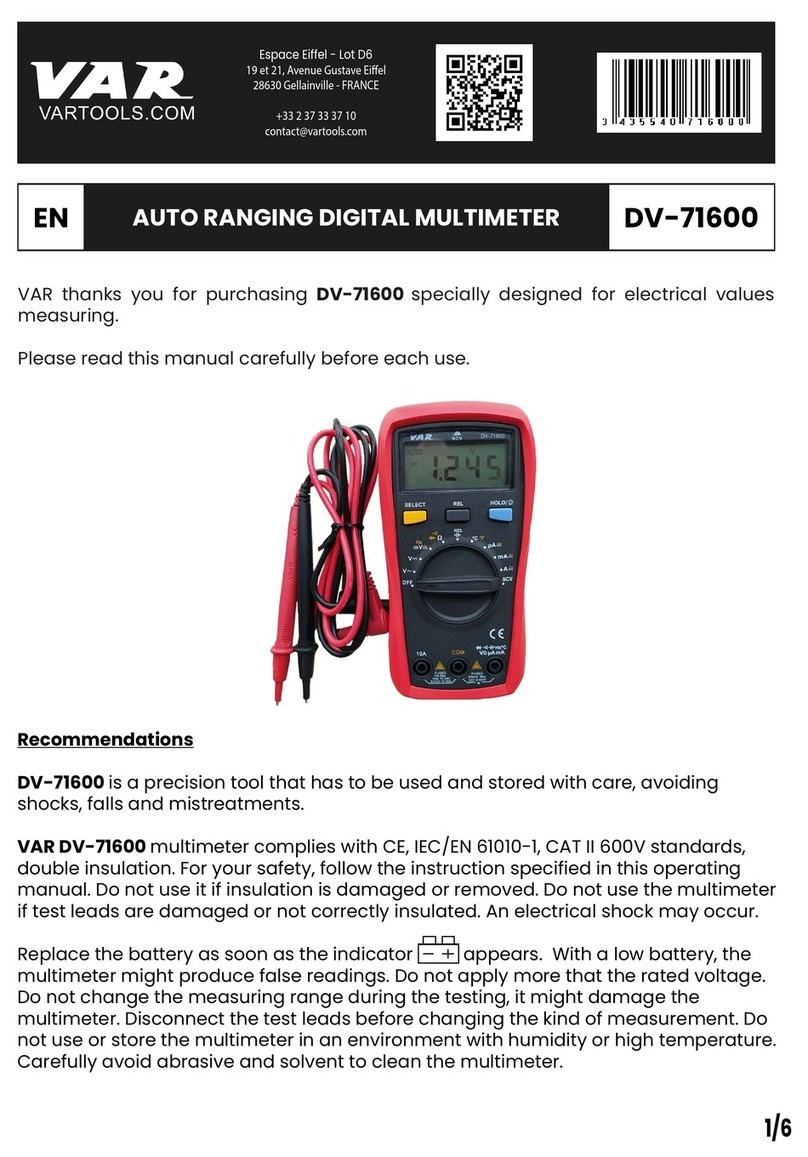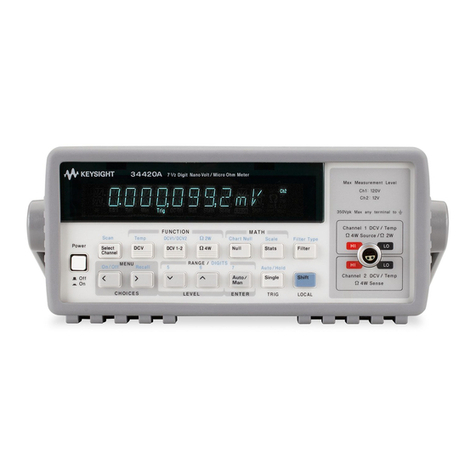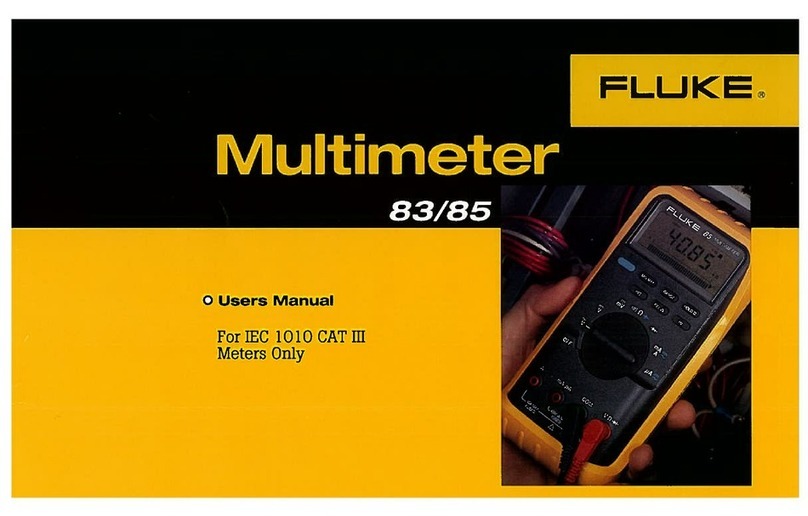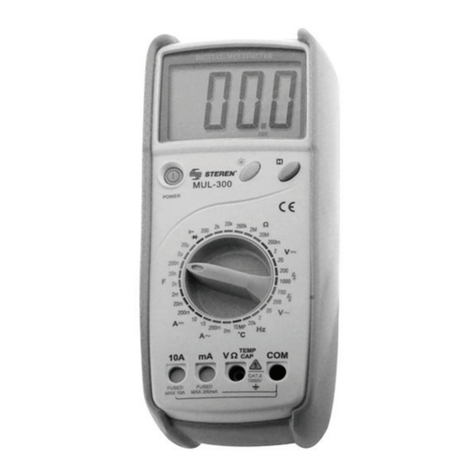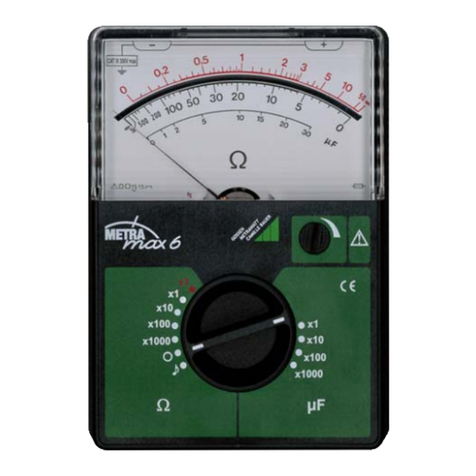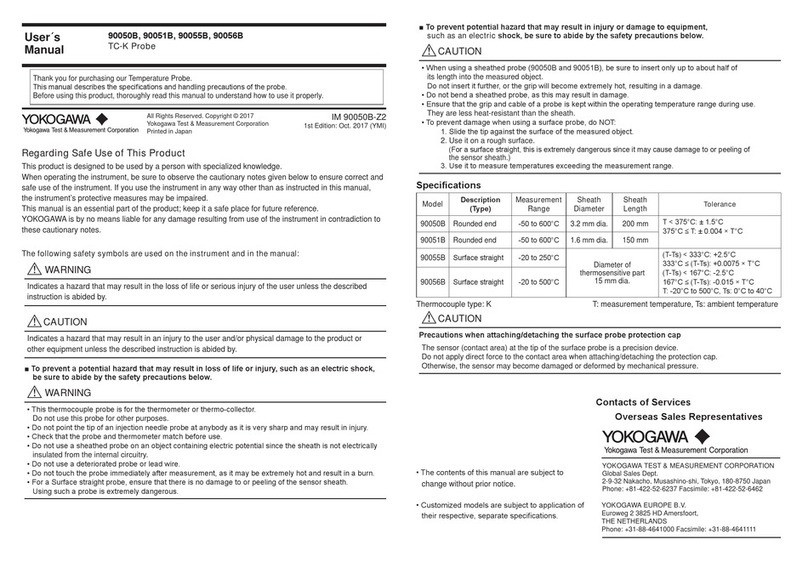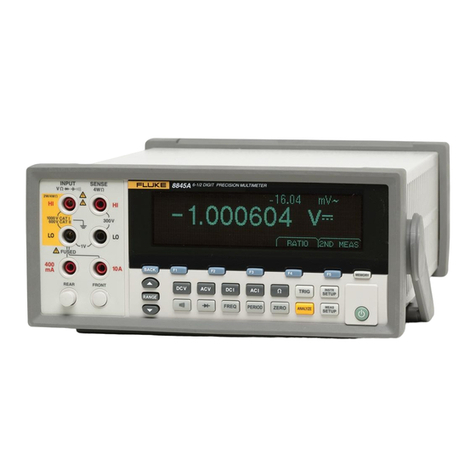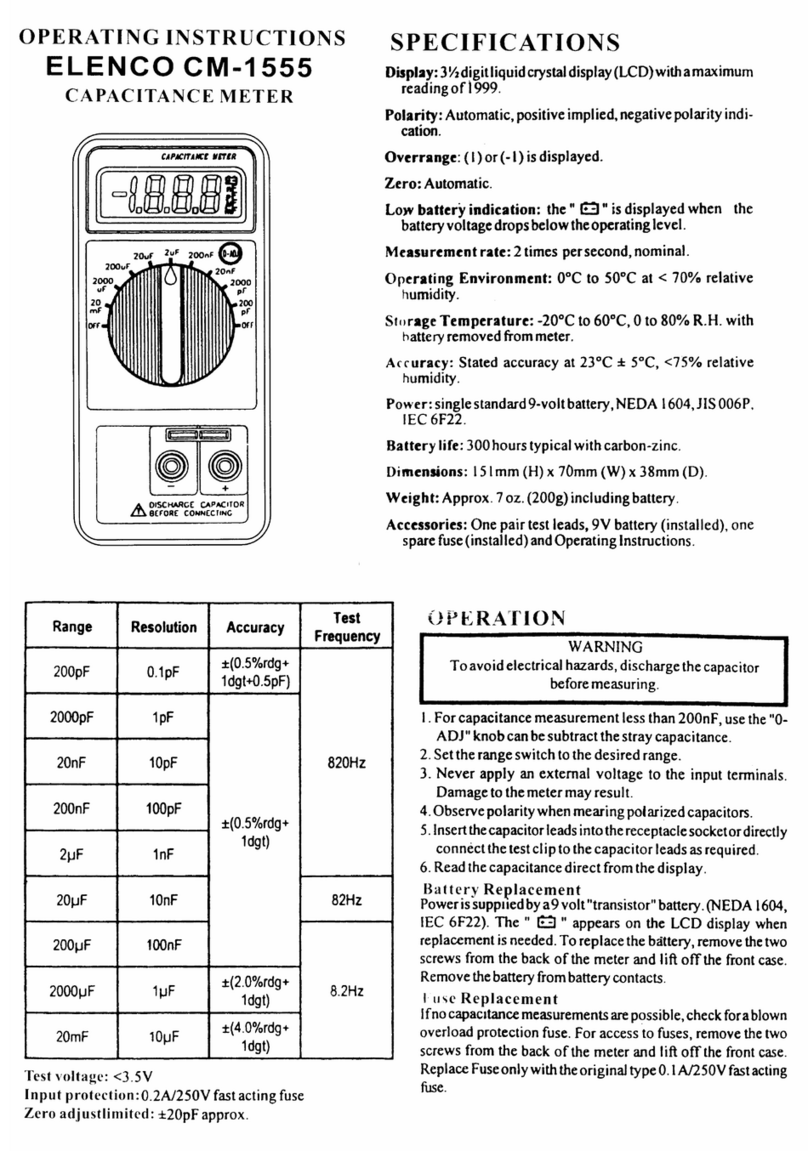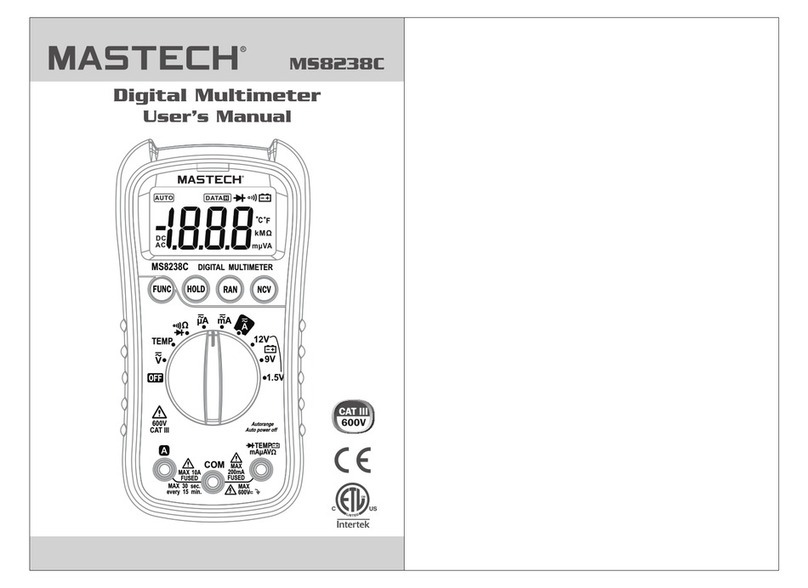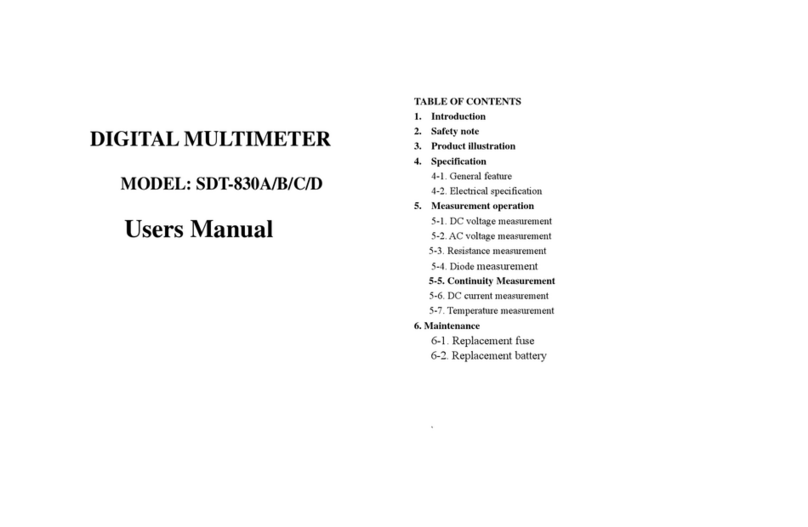
SQLC-218-090
1
Thank you for your purchase of our product.
Read this instruction manual carefully before installation, wiring, and using this product.
Safety concerns
Environment and conditions of usage
Please be sure to use this product in a place that meets the following conditions.
In places that do not meet this condition, it may cause malfunction or failure and product life decline.
Within the range of ambient temperature -10 to +55 ℃, humidity 85% RH or more.
Place free of dust, corrosive gas, salt and oily smoke. (Corrosive gas:SO2
/
H2S, etc.)
Location that is not affected by vibration and shock.
Location that is not affected by external noise.
Altitude 1000m or less.
If this unit directly measures an inverter output of cycle control, SCR phase angle control or PWM control,
an error may increase due to its operation principle.
The precautions at the case of using by outdoor panel.
These products are not a dustproof construction, waterproof construction, and splash proof construction.
Please avoid the place with much dust. Moreover, please install in the place which requires neither rain
nor waterdrop.
Please do not install in the place where sunlight hits directly.
Discoloration and degradation of a name plate, and cover is deformed by the surface temperature rise.
Installation and wiring
Installation and wiring, refer to the instruction manual, please be conducted by engineers.
And, please observe the following notes.
Please wire after the connection diagram is checked.
Please forbid a hot line work.
Please use the size of the electric wire that is suitable for conducting current.
Please securely tighten the terminal screws. Please make sure that forgotten tightening
of the terminal screw is not.
Preparation before use
At the case of connect this product to the main power supply directly, please put the suitable fuse to the outside.
This product must be set before use. Reading this instruction manual, please set correctly.
About dew condensation
If the temperature and humidity of an installation change rapidly when a product is a non-energization, the
waterdrop by dew condensation may adhere to a display inner side. (The display filter and the LCD surface
stick and the pattern of the shape of a circle or an ellipse occur.)
This phenomenon is not trouble. It will disappear, if a control power supply is applied and about 2 hour passes.
Maintenance
Inspection of energized is dangerous.
There is no parts to be replaced on a regular inspection.
Please wipe off lightly with the dry soft cloth. When it wipes with the damp cloth or the dry cloth strongly, a
surface is damaged. And, the character of a name plate may disappear.
Please do not use the organic solvent, chemicals, cleaners, etc., such as an alcohol, for cleaning.
The liquid crystal display (LCD) may light during cleaning on the LCD face. However, this phenomenon is caused by
the static electricity that may be produced in the filter, and it does not show any trouble.
Leave the unit as it is for a while, and the display goes out due to natural discharge.
Do not press the LCD face strongly, otherwise it may be broken. When the filter has been pressed, it may touch the
LCD face to stain the LCD face. However, this phenomenon does not show any trouble, but it is caused by a change
of the ambient environment or the like. The LCD face may be restored to its original condition after a while during
the use as it is.

